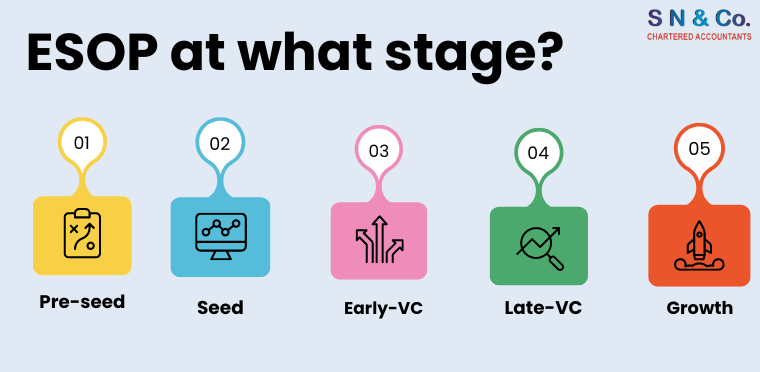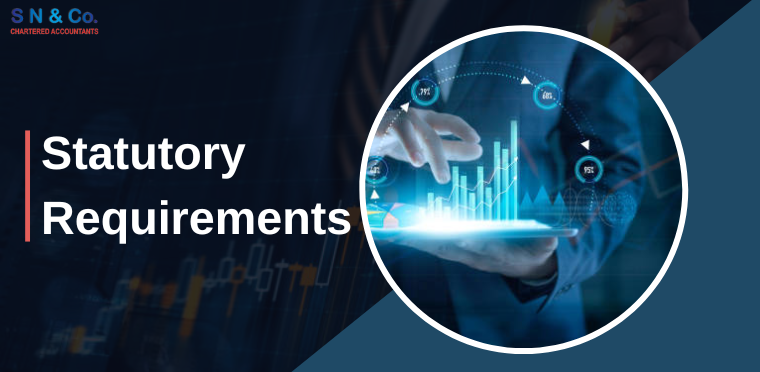The Faceless Assessment and Appeal Schemes were introduced and made effective from 2020. These Schemes are introduced with noble intentions of tax transparency, moving towards a digital economy, and reducing corruption.
In this article, the author highlights some major problems faced by taxpayers and consultants which need to be tackled with greater sensitivity.
1. Bulk data upload
Often, taxpayers are served notices with standard information related to their sales, purchases, all expenses with support, bank statements, borrowings, and so on. Compilation & uploading of bulky data can be cumbersome especially with capacity constraints
Going forward, the author is of great hope that initiatives like data collection from multiple sources & new technologies will articulate data into information for the Tax department, and after analysis of such information; only analytical details will be demanded from taxpayers.
2. Opportunity for video conferencing
A critical issue requires the adequate opportunity for taxpayers to present their views and explain their stand in a particular contest. However, this aspect is very conveniently ignored in many cases while passing orders under the Faceless Schemes. In view of the author, such orders which are non-speaking or not aligning to taxpayers’ submission and adequate protocol are not followed ought to be eligible for rectification u/s 154 of the Act instead of recovering 20% demand from taxpayers, recovering unusual demand in pandemic increases hardship.
3. Unrealistic timelines
Orders are passed ignoring extended time demanded by taxpayers. Genuine cases which are beyond taxpayer’s ignorance in the author’s view ought to be considered for rectification instead of recovering 20% demand from the taxpayer
4. Nonresponsive portal
In the course of an assessment or an appeal, the taxpayer often files different applications like adjournments, request for condonation of delay, additional grounds, additional evidence, rectification application or stay application, etc. But there is a delay in the corresponding response from the portal. Real-time response is the need of the hour to track the progress of applications, submissions, etc.
5. Rectification or stay applications
The faceless portal, as per its current design does not accept rectification for orders passed under scrutiny or stay of demand application. The scheme is not vocal on the procedure for such application and therefore a physical application to jurisdictional ward should be accepted and effect of same should be given on portal to align the process
6. Delay in clearance of demand from the portal
It takes a longer time for the portal to give the effect of rectification application which leads to reflection of outstanding demand, interest on such demand, adjustment of another refund against this demand, the inclusion of such demand while calculating lower deduction rate u/s 197 of the Act.
7. Technical issues
Last but not the least, technology sometimes proves to be a two-edged sword. While taxpayers and their advisors save the time in commuting for the purpose of a physical hearing, the advantage is lost on the time spent on scanning bulk data, compressing files to meet the maximum file size permitted, and uploading the same during peak times when
there is a heavy load on the portal. Demanding only the relevant information from the taxpayers can help in solving this issue substantially.
Conclusion
In a recent spate of decisions passed by the High Courts across India, we find that the High Courts have admitted writ petitions filed by the taxpayers and have stayed the implementation of the assessment orders passed under these Faceless Schemes. Typically, stay orders have been granted where the principles of natural justice have not been adhered to or the taxpayer has not been given an opportunity of being heard, or where the final order was passed without following the protocols.
While the Government’s intent is acceptable, the pace of implementing the transition from physical to a faceless method and the pace of concluding assessments without following the outlined and fair methodology may not be just as proven by the various High Courts by admitting the writ petitions.
Until the aforesaid issues are resolved, it would be advisable for the taxpayers to be more alert about communications being received from the Revenue And consult with advisors to help them sail through the faceless assessments and appeals smoothly.
The author is reachable for queries or communication on darshak@snco.in or by Posting your queries on Tax Concise WhatsApp group.
The original article is published on taxmann.com
Author – Darshak Shah






